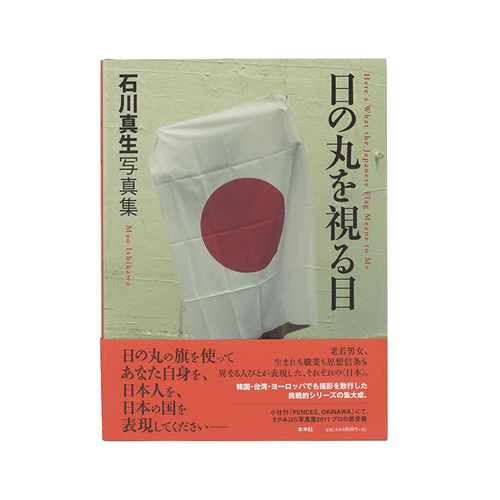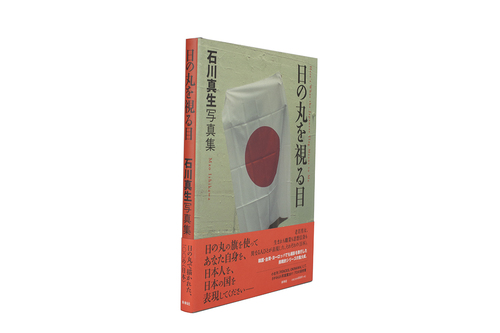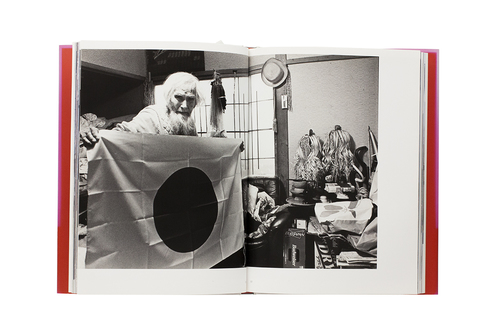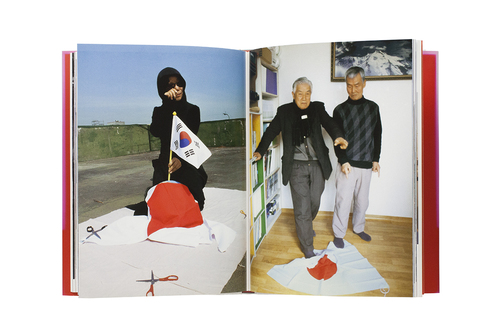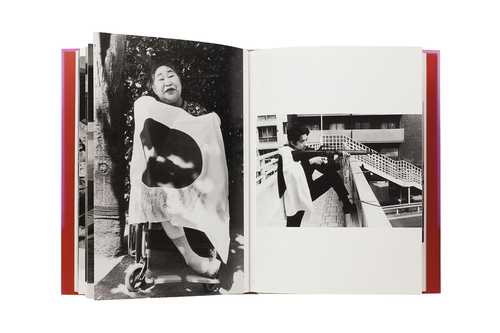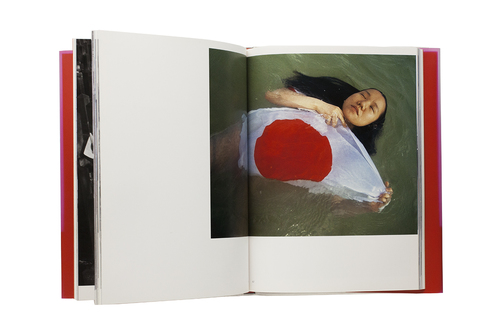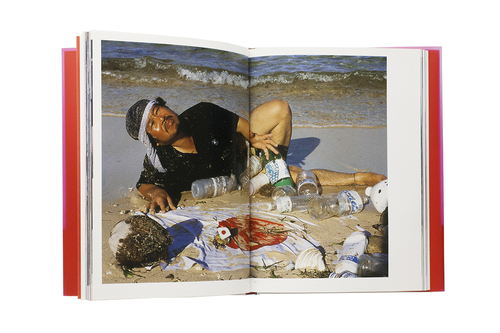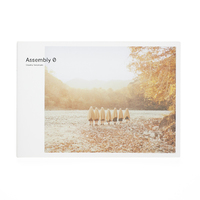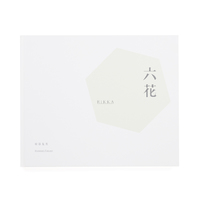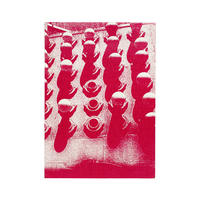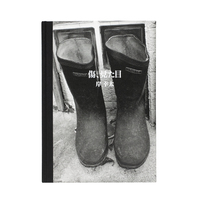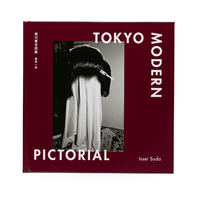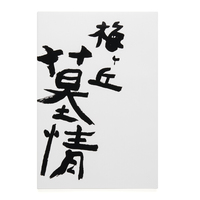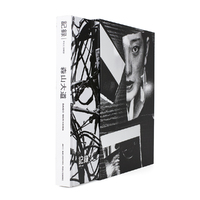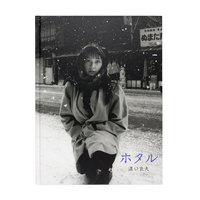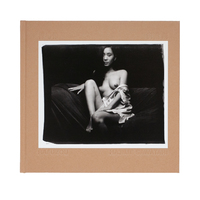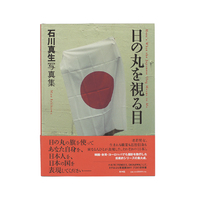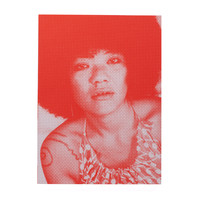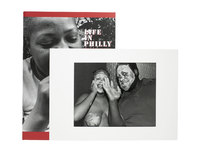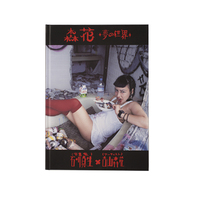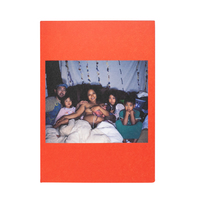Here's What the Japanese Flag Means to Me
Mao Ishikawa's series Here's What the Japanese Flag Means to Me captures an array of subjects, not only from Okinawa but of people who live beyond the island. Photographing individuals from mainland Japan, the indigenous people of Ainu, France, Taiwan, and England, Ishikawa captures each individual in poses which express their feelings toward the Hinomaru (Japanese flag). Confronted with object, each subject in turn confronts their own emotions from the legacy of war, to notions of family, and to ideas of freedom, resulting in a truly unique and intimate selection of photographs which reflect each individuals relationship to the object itself.
I was born in Okinawa in 1953, when Okinawa was seperated from Japan, following the end of the war, and was ruled by the American military forces. Until the reversion to Japan in 1972, the American soldiers, intentionally or accidentally, killed, injured, and raped Okinawans, but were never brought to trial. They merely returned home with the help of the American military forces. Absurd as this sounds, it was taken for granted in those days.
Mere child that I was, I thought to myself, "Are Okinawans Japanese? Why is Okinawa treated cruelly like this?"
During the 1987 Okinawa Kaihoh national athletic meet, Mr. Shoh-ichi Chibana dragged down and burnt the Rising-Sun flag flying at the site; for this act he was arrested. Later, Mr. Chibana showed me a Rising-Sun flag that he kept in his house. He told me that he would never burn the flag but keep it because it was a token of the reversion movement.
An idea flashed across my mind. "It may by interesting to let people have a Rising-Sun flag and express their feelings about Japan and the Japanese."
I decided to ask a variety of people to openly share their faces and names, along with their ideasand expressions, in a dignified manner. This disclosureis an essential element to any photograph. The locations vary from Hokkaido to Okinawa. Ages range from the young to senoir citizens. Occupations, ideologiesand beliefs are diverse. Let them show the figures of the Japanese people.
Previously, I had taken photos of Okinawans, and Okinawa-related people. This was the first time that I felt inclined to take photos of the Japanese people. I was most eager to people the Ainu, the people from 'buraku' (the discriminated areas), and the Korean residents in Japan.
Between 1993 and 1999, I completed one hundred photos and presented them in a magazine. In 2007, I decided to develop the project into a photobook, and resumed by shooting activities. Initially I had planned to take photos exclusively in Japan, but then I had the fortunate opportunity to take photos of Okinawans residing in London and Paris, as well.
Additionally, I realized, "I should ask the people in Korea, China, and Taiwan - very close to Okinawa, and once colonized by Japan - to express themselves about Japanese adn Japan."
Introductions provided by friends enabled me to take photos in Korean and Taiwan, but not in China. "Any depiction with a Rising-Sun flag is next to or absolutely impossible under the present political conditions in China. It is better not to because it would create hardships for them." Repeatedly hearing this kind of advice obliged me to give up.
Between 2007 and 2011, I took 84 photos. Having begun this project in 1993, I now have accumalted 184 images. This book contains a total of 100 photos. Some of the people pictured here have died of old age and disease, or commited suicide. Through the passage of much time, this book has now come into being.
Needless to say, our world is filled with many kinds of people, with different ways of life and ideas. I am extremely grateful to all the participants in this project for their bold and fearless expression. As a final figure in this cast of human charachters, I included a photo of myself. My conclusion: "I am not a Japanese, but an Okinawan. And I will live proudly as an Okinawan, forever."
- Mao Ishikawa August,2011
- Book Size
- 260 x 196 x 20 mm
- Pages
- 144 pages
- Binding
- Hard-cover
- Publication Date
- 2011
- Language
- English,Japanese
